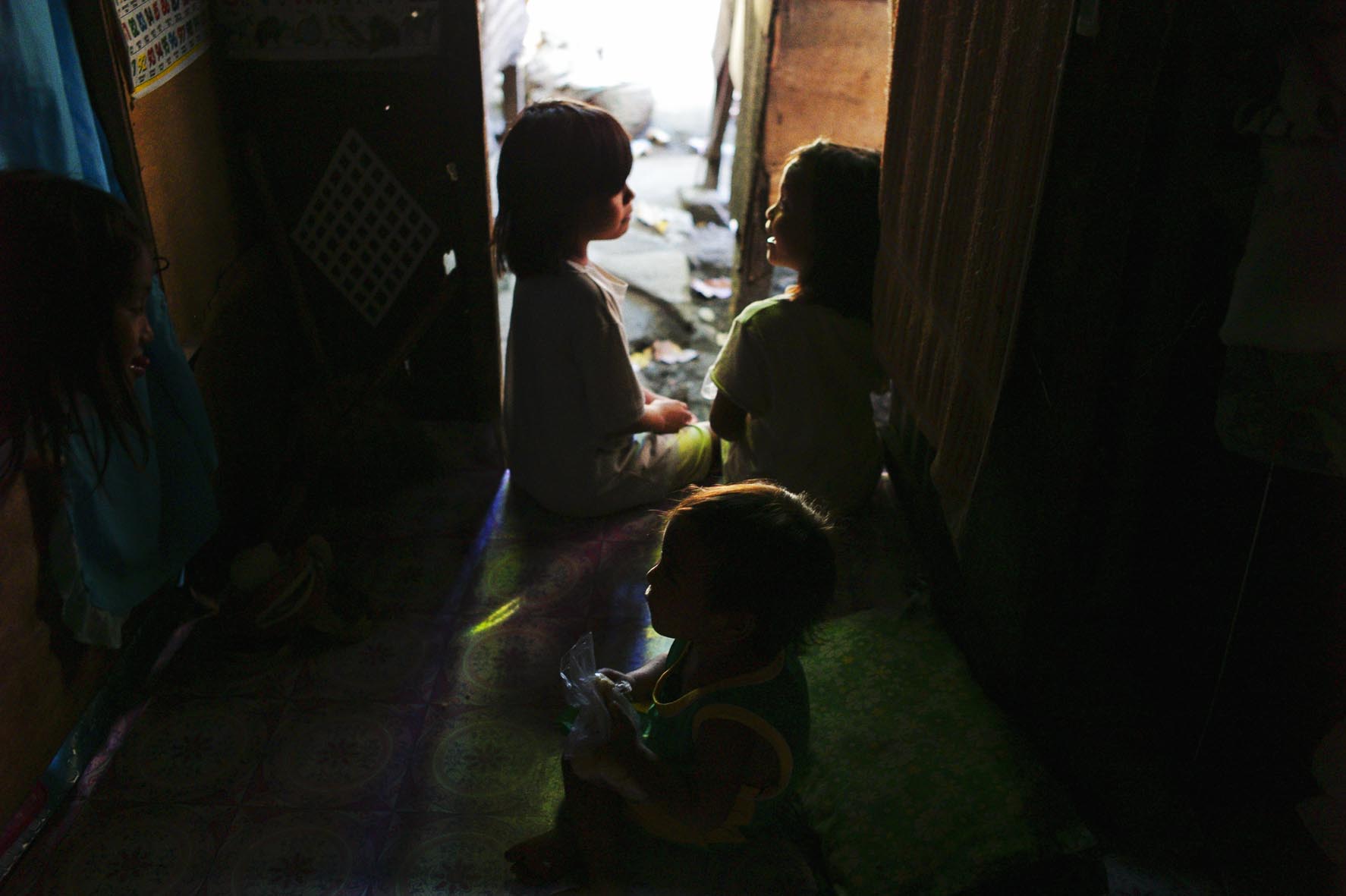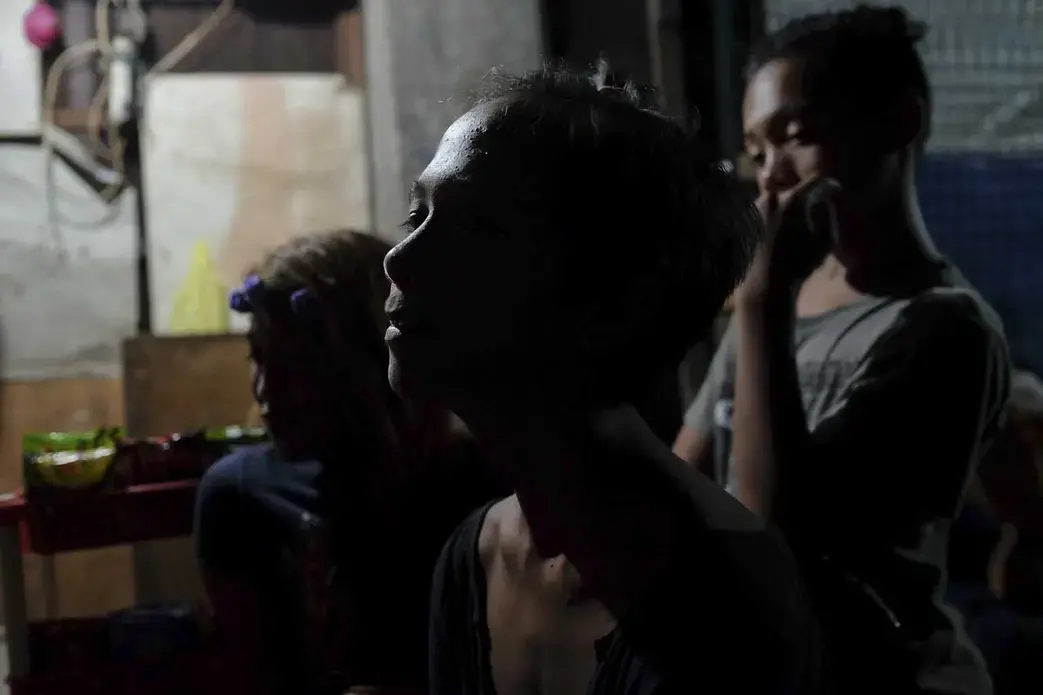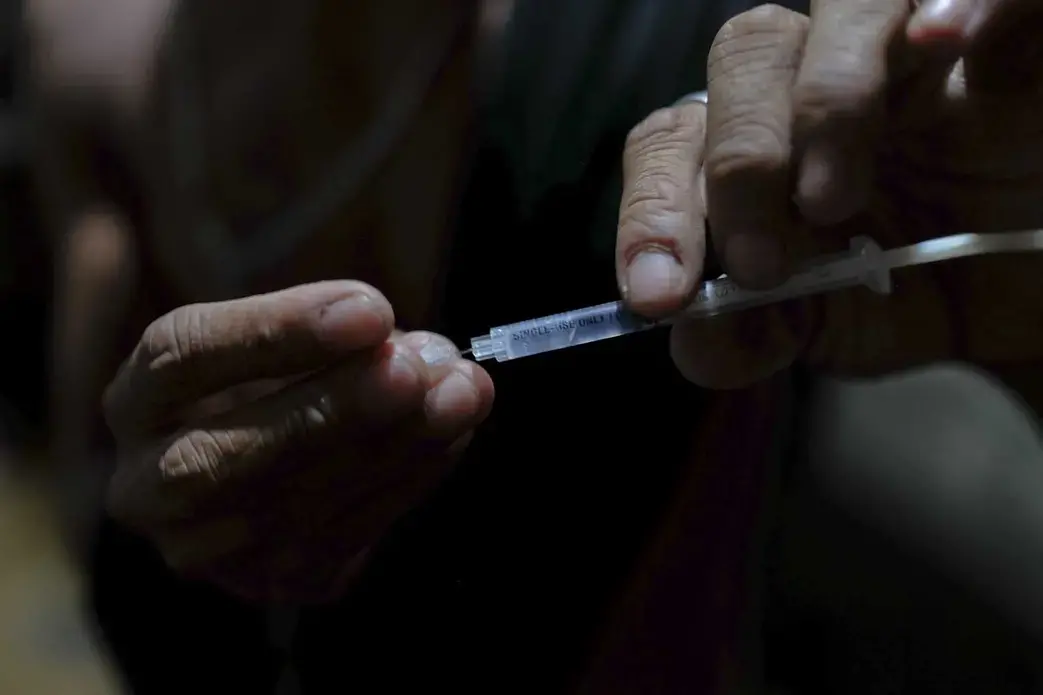The total number of HIV infections could increase to 133,000 in the next seven years if the current trend of increase continues, the Department of Health Epidemiology Bureau (DOH) said in a forum Wednesday on the State of the HIV Epidemic in the Philippines.
"If we do not slow down our HIV epidemic, if we do not invest in preventing new HIV infections, the number of PLHIV (people living with HIV) will reach 133,000 by 2022," said DOH Secretary Janette Garin.
The country has been struggling with a growing HIV epidemic which was first detected in 2009. From 2010-2015, more than 20,000 new HIV infections (more than 80 percent of total HIV infections) were recorded.
The latest HIV/AIDS Registry shows a cumulative 29,079 total HIV infections as of October. In 2001, when the Millennium Development Goals (MDGs) were first launched, there were only 174 reported HIV infections.
The Philippines did not meet its MDG on HIV across three indicators: proportion of population aged 15-24 years old with comprehensive knowledge of HIV and AIDS, reducing HIV prevalence among population aged 15-24 years old and increasing condom use among high risk groups.
8 cities breach 5 percent mark
Eighty percent of all HIV infections are attributed to sexual contact, mostly by men who have sex with men (MSM). Condom use among MSM is estimated at 44 percent, which is way below the target of 80 percent needed to slow the spread of HIV.
"New HIV cases among males and transgender women who have sex with males increased 12 times over the last five years," said Dr. Genesis Samonte, HIV Surveillance Manager of the DOH Epidemiology Bureau.
There are eight cities that breached the 5 percent threshold of HIV prevalence among men and transgender women who have anal sex with men:
Cebu: 14 percent
Cagayan de Oro: 9.3 percent
Puerto Princesa: 7.7 percent
Quezon City: 7.4 percent
Mandaue: 6.5 percent
Paranaque: 5.9 percent
Davao: 5.5 percent
Makati: 5.2 percent
Five percent is the United Nations' threshold to declare an area as having a concentrated epidemic.
"The 5 percent prevalence rate is like a tipping point. The moment you reach 5 percent, you reach a critical mass of people who can infect others and the epidemic will rapidly spread," said Samonte. "For areas that have a prevalence rate above 5 percent, there is no time to waste. Business as usual interventions will not suffice."
A decline in new HIV infections among MSMs will be achieved only by reaching a consistent condom use level of 60 percent.
Cebu: Injecting drugs, sharing needles
The HIV epidemic in Cebu has been traced back to injecting drugs and sharing needles. One in two of people who inject drugs (PWID) is estimated to have HIV.
According to the DOH, 99 percent of the estimated 1,289 PWID who are positive for HIV were diagnosed in the last five years. More than 1,000 of the PWID living with HIV are male and only 9 percent are enrolled on ARV treatment.
The number of PWID who have HIV is relatively small but it poses an avenue for "downstream" infections or transmission of the virus to those who typically do not have a high risk profile for HIV like pregnant women.
"Most PWID are male and about 65 percent of them have female partners who can get pregnant and possibly pass on HIV to her unborn child," said Samonte.
Getting infected younger
The DOH also pointed out the changing demographic profile of people living with HIV, with infection rates pooling among younger age groups. HIV infection rates increased by 780 percent among those aged 15-24 from 2001.
Ironically, interventions to reach the youth are hampered by a 1998 law that was drafted and designed to prevent the spread of HIV.
The HIV and AIDS Prevention Law prohibits HIV testing for minors without parental consent. Similarly, the Reproductive Health Law prohibits distribution of condoms and other contraceptives to minors.
"We recognize this (limitation) and are looking at how we can amend this law," said Garin.
To help increase condom use, the DOH appropriated a budget for the purchase and distribution of condoms and lubricants. Currently, the DOH is identifying priority areas for condom distribution initiatives which will be coupled with an intensified peer education program.
"We have to be location and population specific to maximize our resources. But at the same time, we need to identify what populations may be left behind," said Teresita Marie Bagasao, UNAIDS Country Secretary.
If the Philippines reaches a point of having 133,000 PLHIV, PhilHealth would have to budget P4 billion ($85 million) per year for its outpatient HIV package. That budget will continue to increase each year if more people become more infected.
The current DOH budget for the HIV/STI Prevention Program is P500 million ($10.7 million). —KG, GMA News









